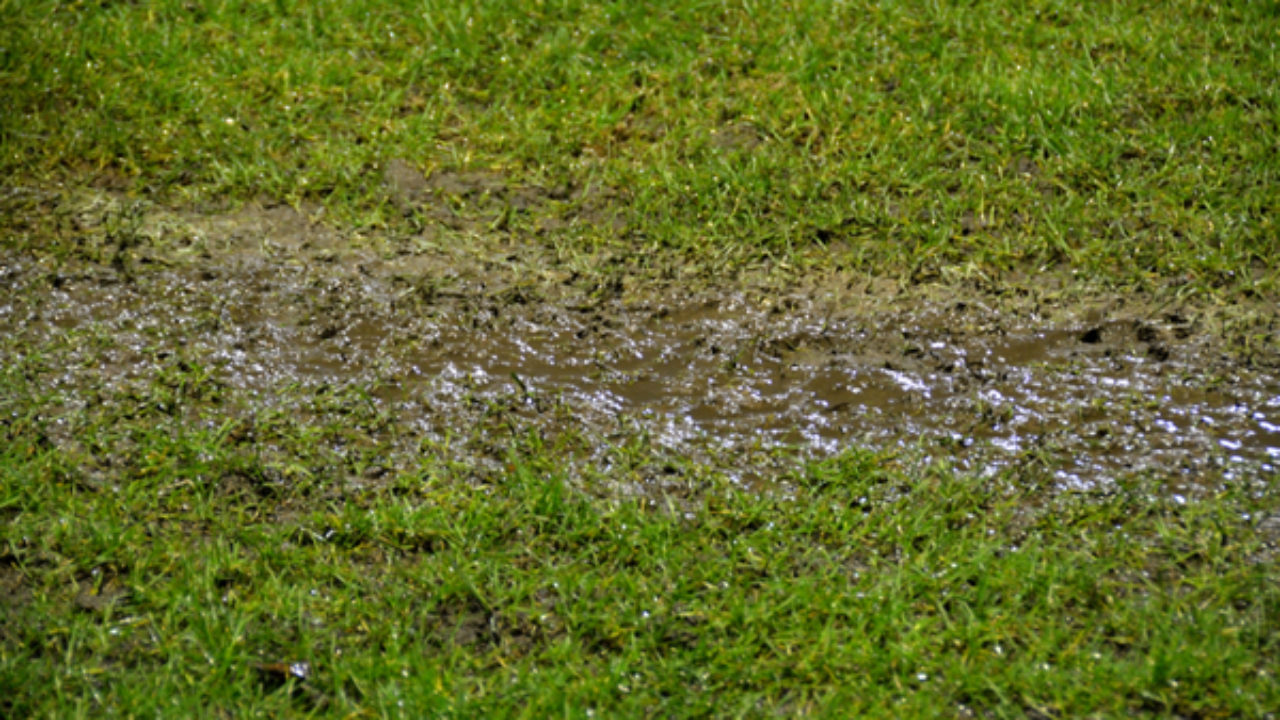Detect Hidden Water Line Leaks: 6 Effective Hacks
Detect Hidden Water Line Leaks: 6 Effective Hacks
Blog Article
How do you feel in relation to Detecting hidden plumbing leaks?

Early discovery of dripping water lines can reduce a potential calamity. Some tiny water leakages may not be noticeable.
1. Check Out the Water Meter
Inspecting it is a surefire means that aids you uncover leakages. If it moves, that indicates a fast-moving leakage. This means you may have a slow leakage that can also be below ground.
2. Examine Water Intake
If you spot unexpected modifications, regardless of your consumption being the same, it indicates that you have leaks in your plumbing system. An abrupt spike in your costs indicates a fast-moving leak.
On the other hand, a stable increase each month, even with the exact same practices, reveals you have a slow leakage that's likewise gradually intensifying. Call a plumber to completely examine your residential property, particularly if you feel a cozy area on your floor with piping below.
3. Do a Food Coloring Test
When it concerns water consumption, 30% originates from toilets. Examination to see if they are running effectively. Decline specks of food color in the container and also wait 10 minutes. If the shade somehow infiltrates your bowl during that time without flushing, there's a leak between the storage tank and also bowl.
4. Asses Outside Lines
Don't neglect to examine your outdoor water lines also. Test spigots by connecting a garden tube. Ought to water seep out of the link, you have a loose rubber gasket. Change this and also make sure all connections are limited. If you have actually obtained a lawn sprinkler, it will certainly assist get it properly examined and also maintained yearly. One little leakage can lose tons of water and surge your water bill.
5. Evaluate and also Assess the Circumstance
Property owners ought to make it a behavior to examine under the sink counters as well as even inside closets for any kind of bad odor or mold and mildew development. These 2 warnings indicate a leakage so timely attention is called for. Doing regular examinations, even bi-annually, can save you from a significant trouble.
Inspect for stainings and also compromising as many pipes and appliances have a life span. If you believe dripping water lines in your plumbing system, don't wait for it to escalate.
Early detection of dripping water lines can reduce a potential calamity. Some small water leaks may not be noticeable. Checking it is a proven means that assists you uncover leaks. One little leakage can squander tons of water and also surge your water costs.
If you believe dripping water lines in your plumbing system, do not wait for it to escalate.
How to Know If Your Home Has a Hidden Leak
Water Meter Reveals Inexplicable Water Usage
If you’d like to test whether or not there’s a leak somewhere in your home, you can do this using your water meter. Here is how to conduct the test:
Don’t use any water in your home for at least 30 minutes; this also means not turning on faucets or water-using appliances.
Go outside, and check your water meter for activity.
If your water meter shows that there was activity, even though no one was using any water, this proves that there is a leak in your home.Visible Mold or Mildew Growth
Leaks behind walls create moist, dark environments that allow mold and mildew to grow and thrive. Eventually, you might see mold growth forming on the wall closest to a hidden leak.
If mold is growing in an area that receives a high amount of moisture, such as a bathroom, it may simply be an indication that better ventilation is needed. However, if you see mold growth on a wall or the ceiling in an area where you would not expect, you probably have a hidden leak.
Musty, Mildew Odor
Sometimes you might not be able to see the mold or mildew that is growing as a result of a leak. However, the smell can give the problem away just as easily. If you catch a whiff of something musty, there’s a good chance that old water is collecting somewhere in your home that you can’t see.
Stained/Warped Walls, Ceilings, or Floors
When your home soaks up water, a variety of red flags can become visible, including ceiling stains, bubbling drywall, warped walls, and sagging floors. While these issues can be caused by excess humidity, they can also be signs that a pipe or plumbing connection has started leaking behind your walls.
Inexplicably High Water Bill
After a while, you get a general sense for what your water bill should be. If you own a pool or sprinkler system, your bill will tend to be higher during summer. However, if you receive a water bill that seems especially high, and you can’t figure out what caused it, then you may have a hidden leak somewhere that’s increasing your bill.
https://www.plumbingjoint.com/blog/2019/july/how-to-know-if-your-home-has-a-hidden-leak/

As a keen reader about Locating water leaks, I assumed sharing that excerpt was smart. Are you aware of somebody else who is fascinated with the topic? Why not promote it. Many thanks for your time invested reading it.
Expertise? One call away. Report this page